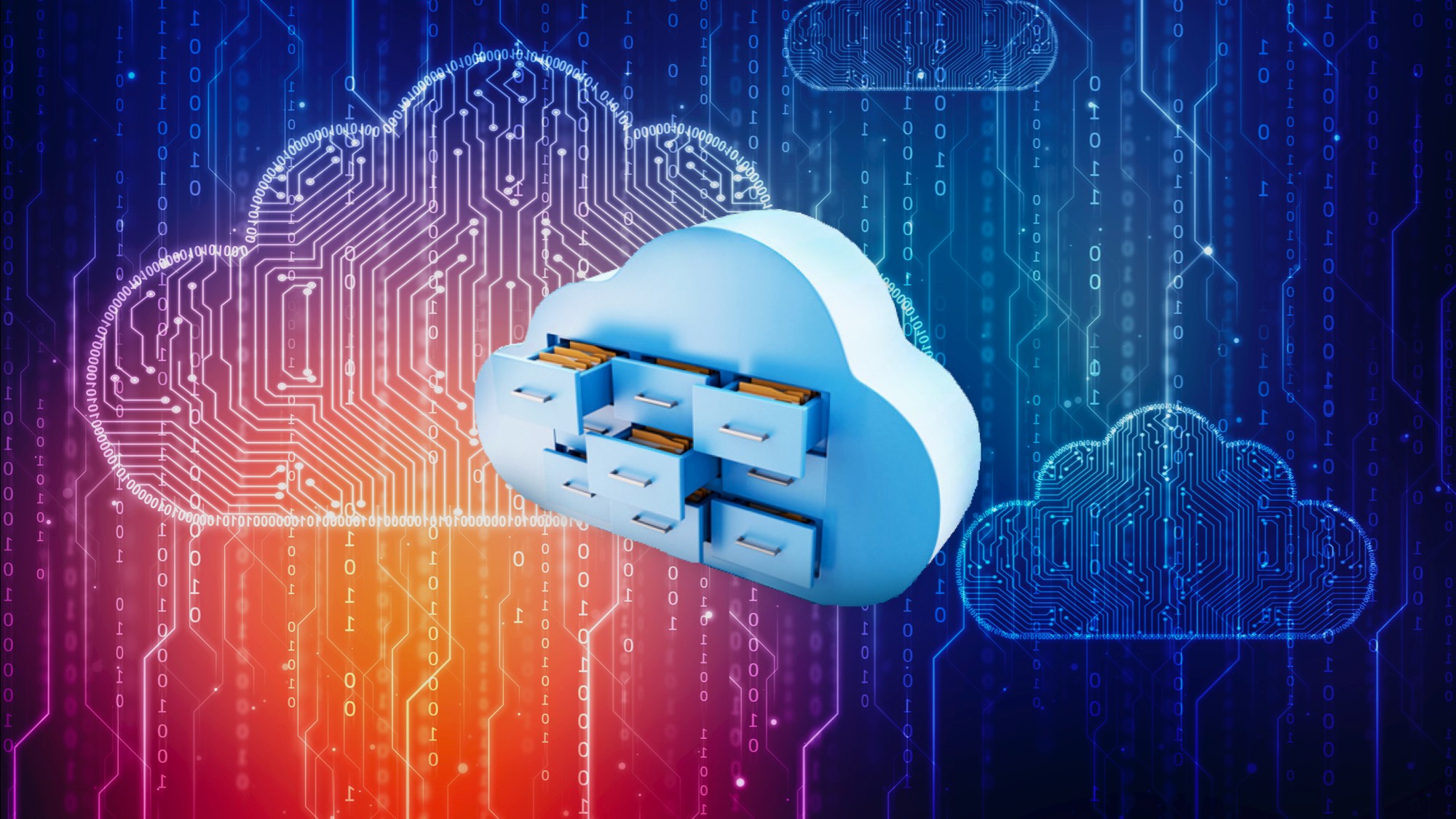
How can the big data fabric be used to put data in to action?
What is the ‘big data fabric’?
Big data fabric is an emerging platform concept that aims to accelerate business insights “by automating ingestion, curation, discovery, preparation and integration from data silos,” according to Forrester, in its new report “The Forrester Wave: Big Data Fabric, Q2 2018.”
Role & importance
Forrester explains that big data fabric can support many types of use cases — including real-time insights, machine learning, streaming analytics, and advanced analytics: “Big data as a fabric offers data professionals the ability to orchestrate data flow and curate data across various big data platforms (such as data lakes, Hadoop, and NoSQL) to support a single version of the truth, customer personalization and advanced big data analytics — with zero or minimal coding.”
Enterprises today are increasingly leveraging a host of specialized applications to excel in each function. Some of these applications are on-prem, some across the cloud, and some on the edge. Architecturally, some are custom-built applications, some are old legacy packaged applications, and some are new age SaaS applications. As organizations strive to transform into a data-driven enterprise, they need to bring data from all of these applications together and make use of this data in real-time.
This is where the big data fabric comes into the picture — a successful implementation should be able to provide real-time universal access to curated data from all data sources, including complex production applications, third-party SaaS applications, and even from archived and retired application data stores without having to code every single time. The universal access should be well governed to avoid compliance risks. The data fabric should seamlessly integrate with the several data access, dashboarding, and analytic tools that might be present in the organization.

Big Data Fabric Challenges
Implementing a data fabric is not an easy task, owing to the variety of data sources that get introduced regularly, complexity in data capture and ingestion process, curation, discovery and more — all of which need to work seamlessly together. Most often than not, enterprises rely on a variety of tools that do not integrate across the data pipeline. It is also important to note that while universal data access is important so data consumers across the organization can have real-time access for their analysis and decision making, it is equally important to govern the access and ensure data security to stay compliant and avoid business risks. With several tools at play, governance is broken and it becomes difficult to enforce. Complexity and governance challenges are key reasons for enterprises to shy away from a holistic approach.
The Solution
The solution lies in the Solix Common Data Platform (Solix CDP), a next-generation big data management framework that offers a unified integrated experience of ingesting, governing, curating and analyzing data from across any and every enterprise application/data source no matter where those applications reside. Where data cannot be moved/copied, the Solix CDP utilizes its virtualization technology to offer seamless access to data from such applications and data stores. It offers capture and processing of both structured and unstructured data at a petabyte-scale at low costs. Solix CDP is the only platform that brings together the active enterprise data and inactive archived/retired data together, to offer well-governed universal data access.
Solix CDP – Standard Edition (Download Free)
For more than a decade now, Solix has been empowering global data-driven enterprises across the world with data management tools that help reduce costs, improve compliance and simplify data management at scale.
To get started using the Solix CDP for free (and ingest up to 250GB of data), download the Solix CDP Standard Edition by clicking here.
Learn more about the Solix CDP, Data Lakes, and the Logical Data Warehouse in this free whitepaper.
Related Posts

Introducing Solix Common Data Platform 3.0

Solix Technologies, Inc. Announces Strong Customer Momentum for SOLIXCloud Enterprise Archiving Solution; Named a Visionary in 2022 Gartner® Magic Quadrant™ for Enterprise Information Archiving


